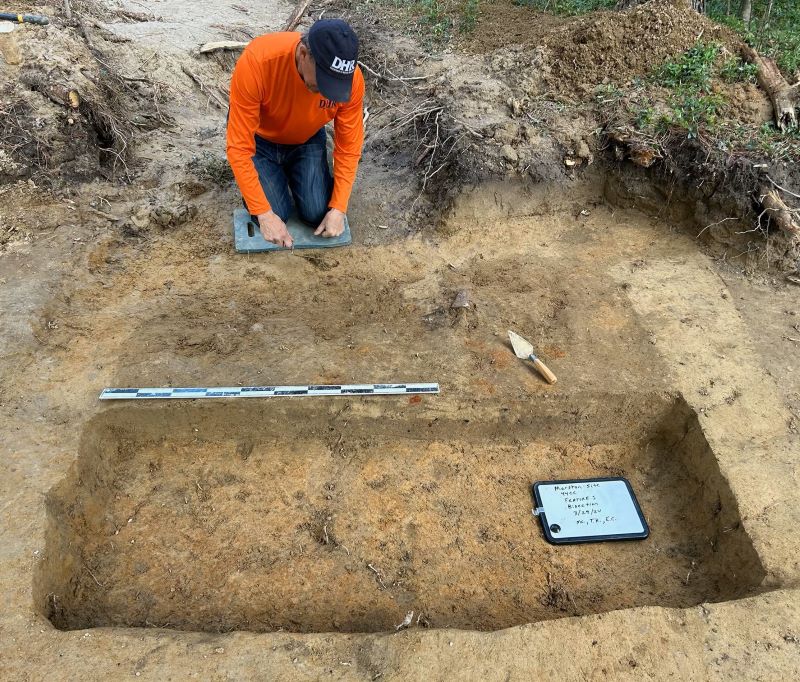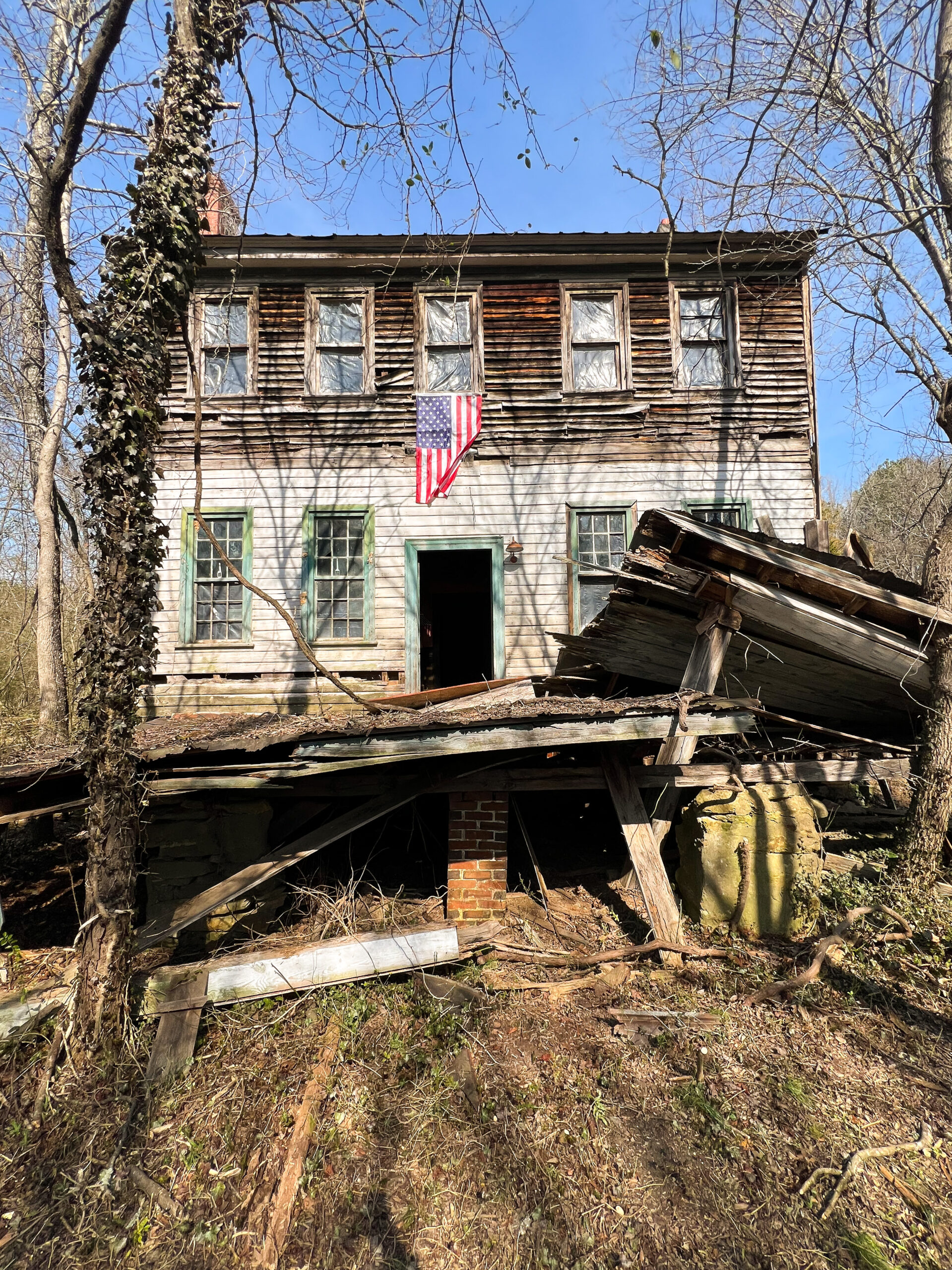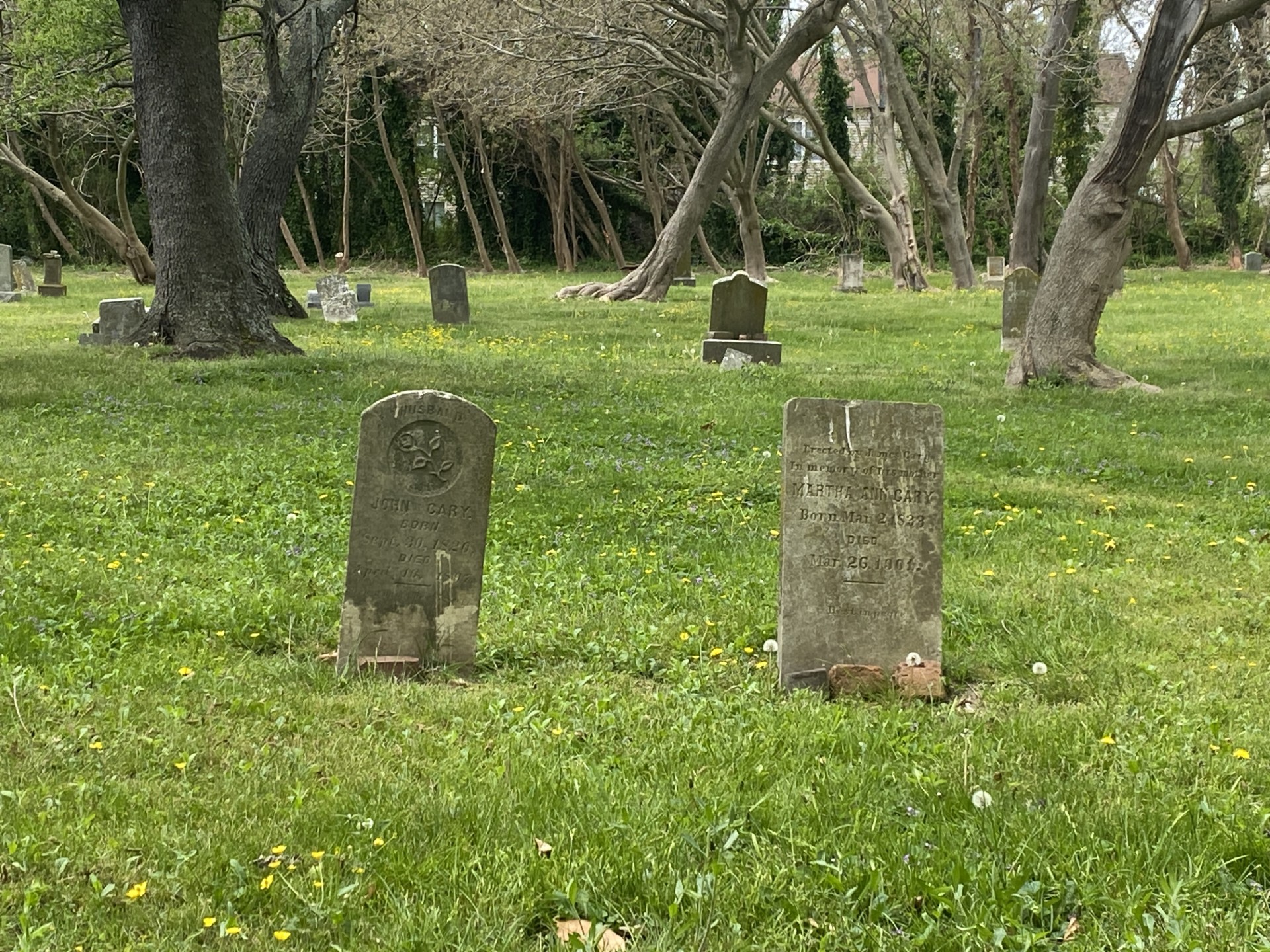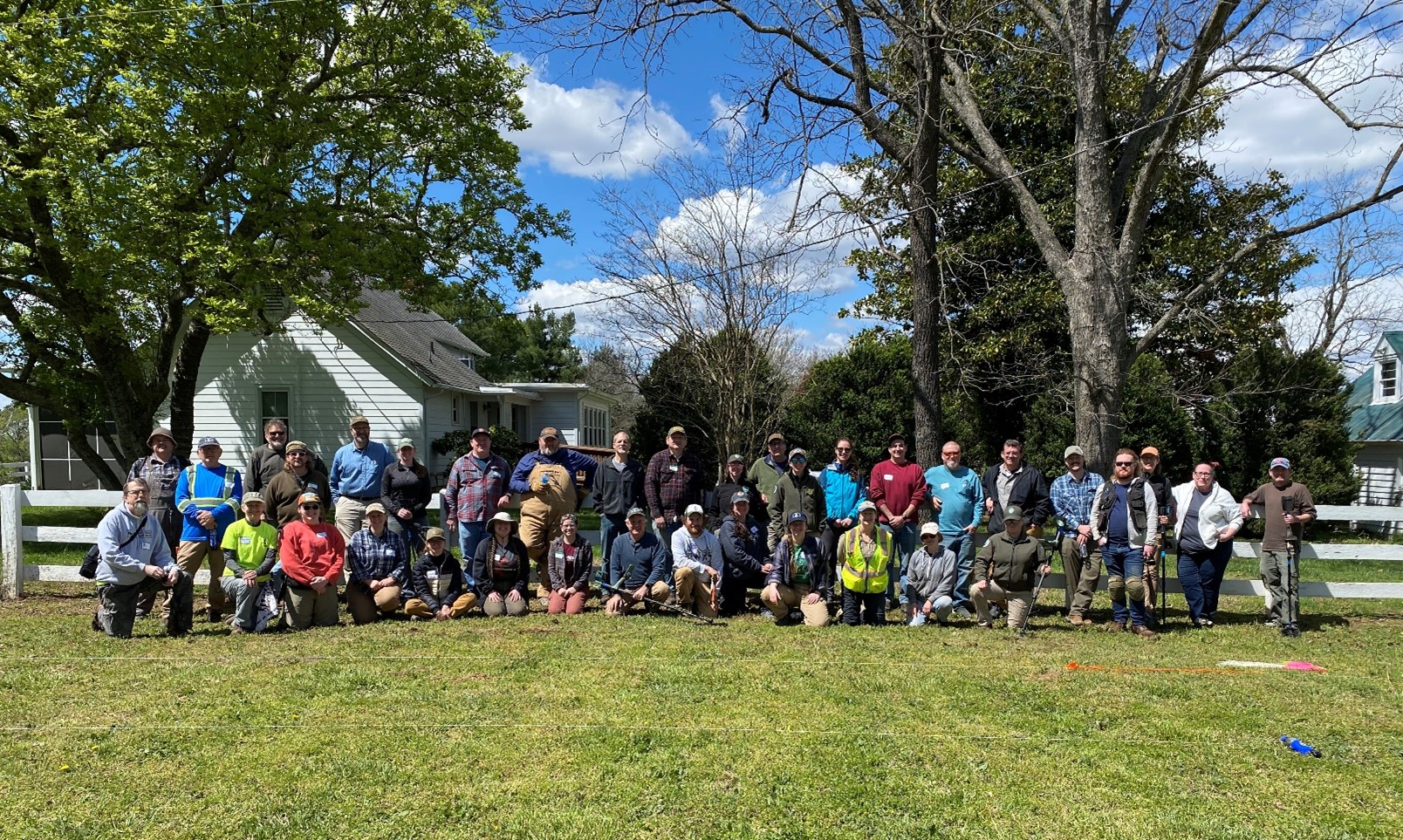Germanic Folk Art at the McGavock Family Cemetery, Wythe County
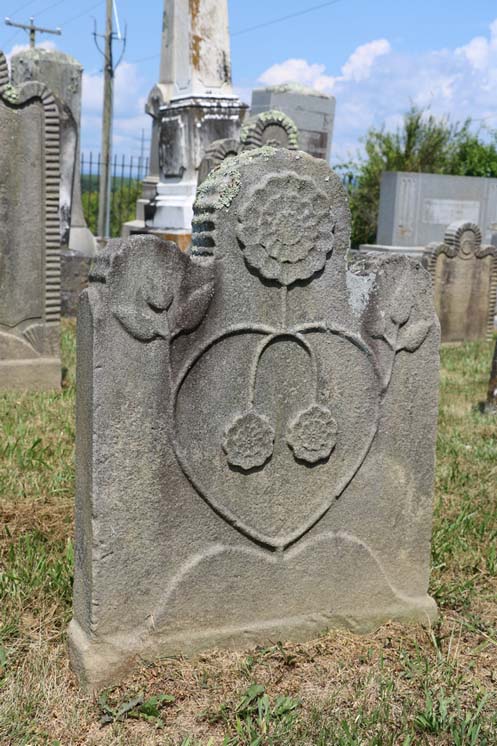
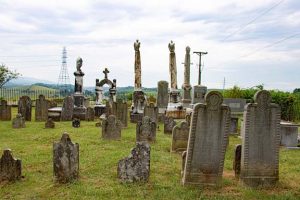
Some of the more fascinating cemeteries in Wythe County are those featuring headstones adorned with German folk art designs. Most of these cemeteries are associated with churches of German Lutheran congregations tracing to the late 18th century such as Kimberling Lutheran Church, Zion Evangelical Lutheran Church and St. John’s Lutheran Church, all listed today in the Virginia Landmarks Register and the National Register of Historic Places.
German folk art is also found in the McGavock Family Cemetery (also VLR and NRHP listed), located near the Fort Chiswell community and next to the intersection of Interstates 81 and 77. Though the McGavock Family Cemetery contains a rich collection of 19th-century tombstones that are large in scale, unusual in form, and intricately decorated—all signifying the wealth and prominence of the McGavock, Cloyd and Kent families—none are more striking and well-preserved than the 20 Germanic sandstone markers found in rows four through six. These stones, attributed to Laurence Krone, one of the most notable of the Southwest Virginia carvers, feature elaborate symbols and motifs that grew out of Fraktur, the folk art of the Pennsylvania Germans.
Each of the double-sided markers are distinctively shaped with rounded shoulders and a circular top. Framing the inscriptions on the front of each headstone and footstone is a symmetrical ridged or crimped ribbon band, a clear demonstration of the sculptor’s excellent workmanship. A singular flower is found in the upper lobe of seven markers, and the other three contain a more intricate fern design. Below the inscriptions on eight of the stones is a variation of the Ur-Bogen sun symbol, meant to represent the arc and rebirth of the sun. The back of each headstone features a more elaborate design incorporating the tree of life, the heart, the spiral sun symbol, or the Ur-Bogen.
The headstones of Lucinda E. Kent and Jane Taylor are the most intricate and unique as they contain two carved columns with two spirals in opposing movements at the top, which are joined by an arch, together representing the movements of the sun. The arch on Jane’s headstone is intersected by a sunflower, and Lucinda’s is intersected by a complex fern design that leads to a circular basket from which four small sunflowers stem.
The headstones that contain the tree of life have matching footstones that are just as complex, though smaller in size. The footstones of Lucinda and Jane are the simplest, with a singular spiral in the top center. The inscribed death dates on the markers range from 1812 to 1837. Krone carved the stones prior to his death in 1836. The precision with which each stone is carved front and back is a clear indicator of the artist’s intense dedication to his craft.
–Renee Spaar,
Adjunct Instructor, School of Visual Arts, Virginia Tech
–Thomas Klatka,
Western Region Archaeologist, DHR



